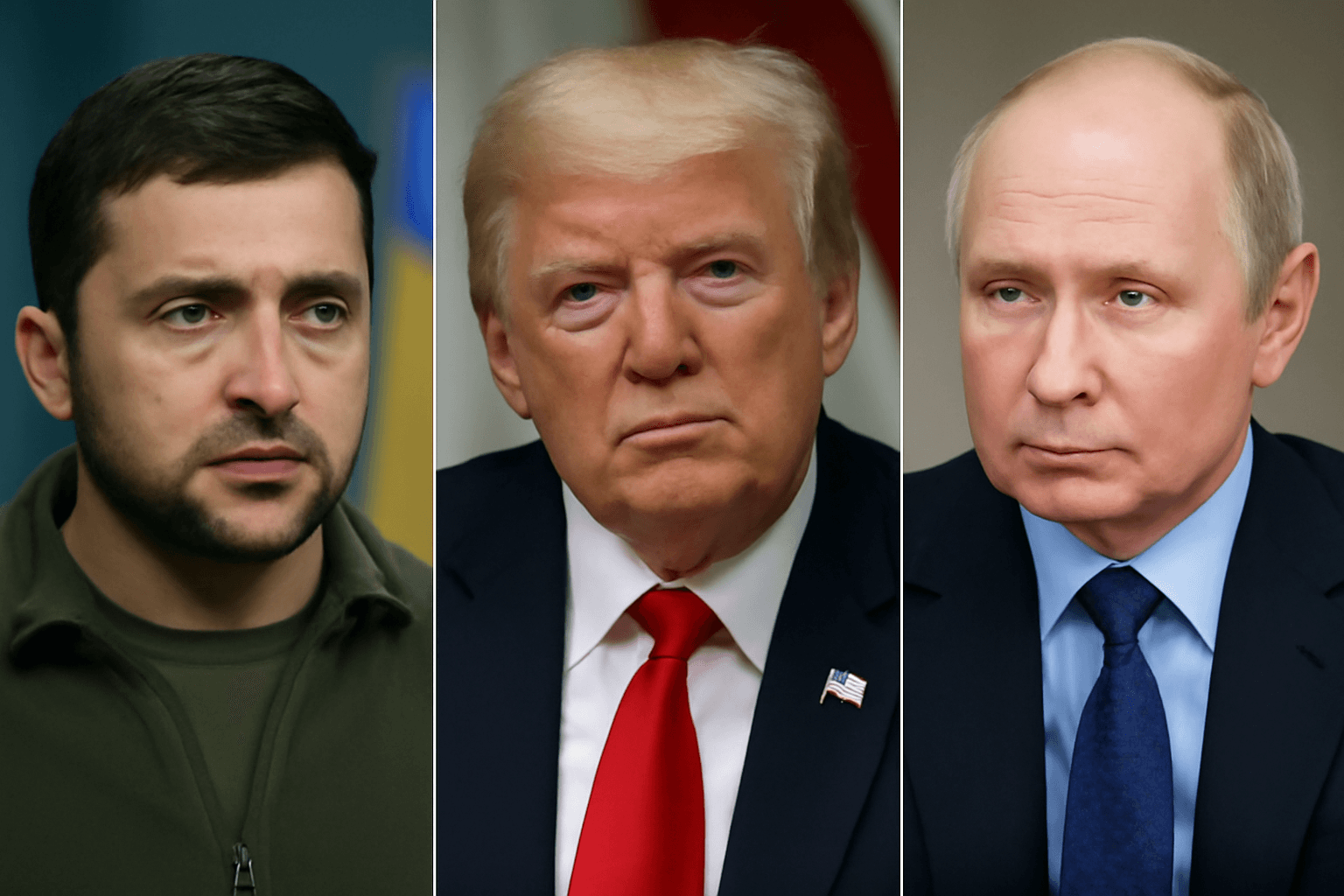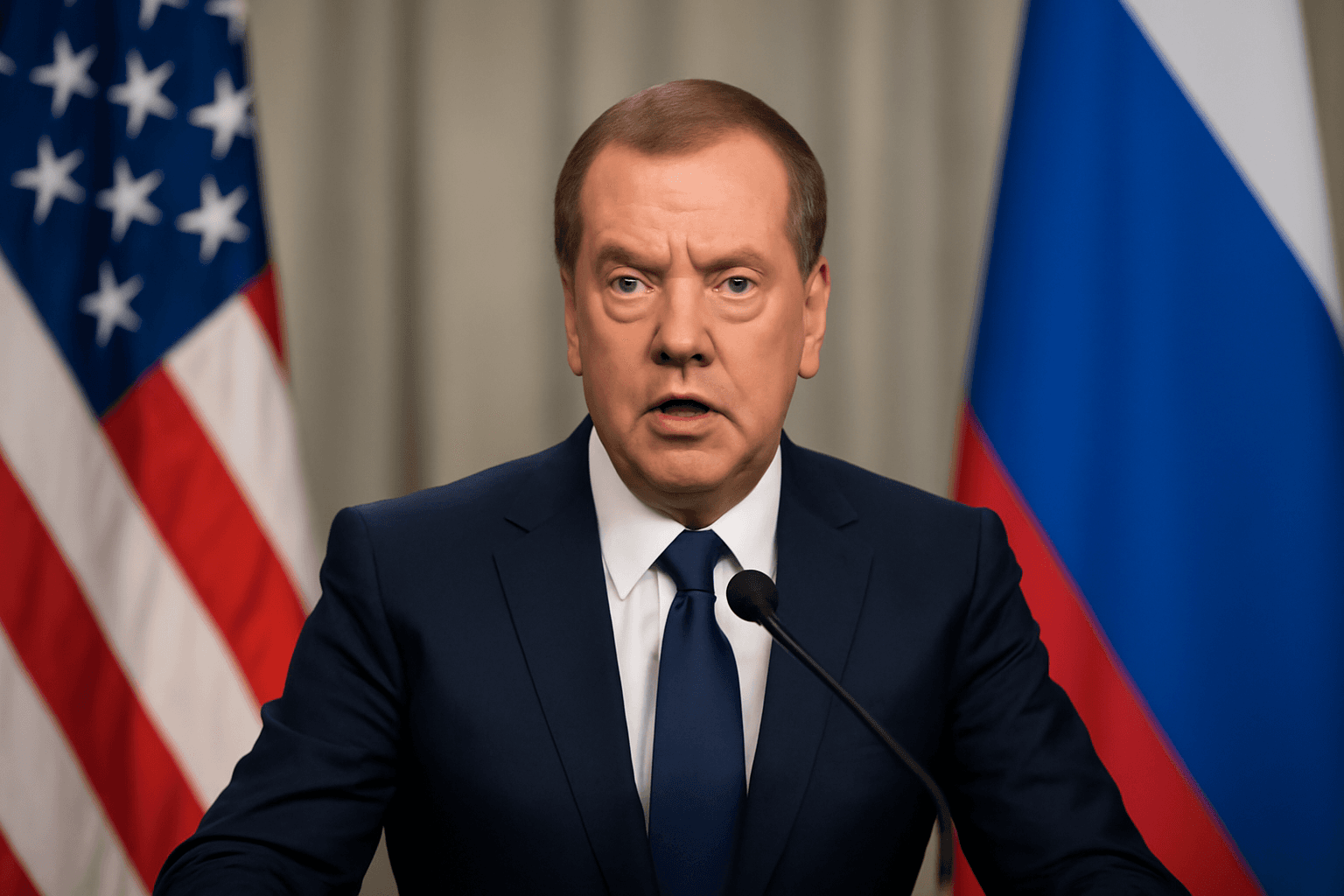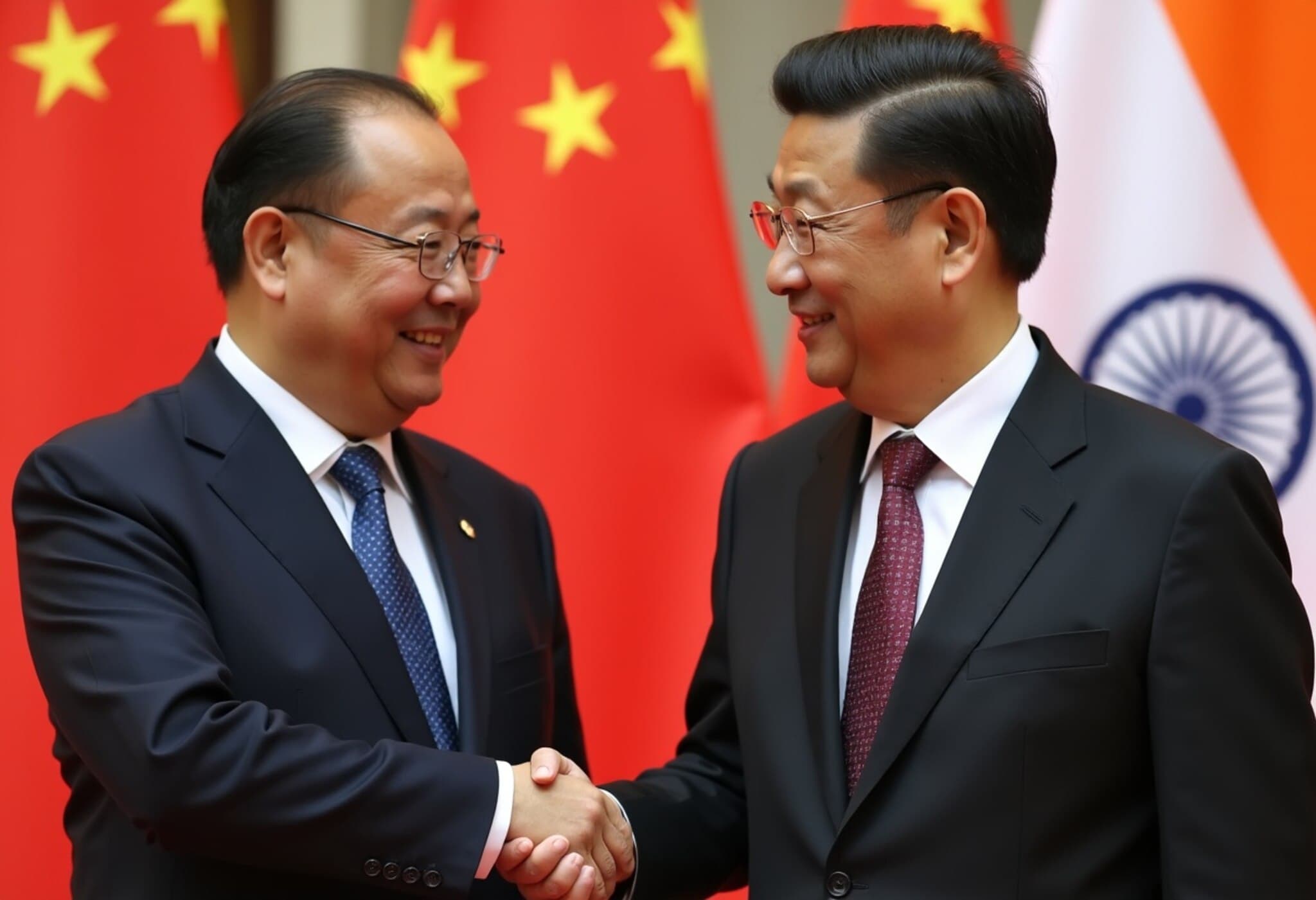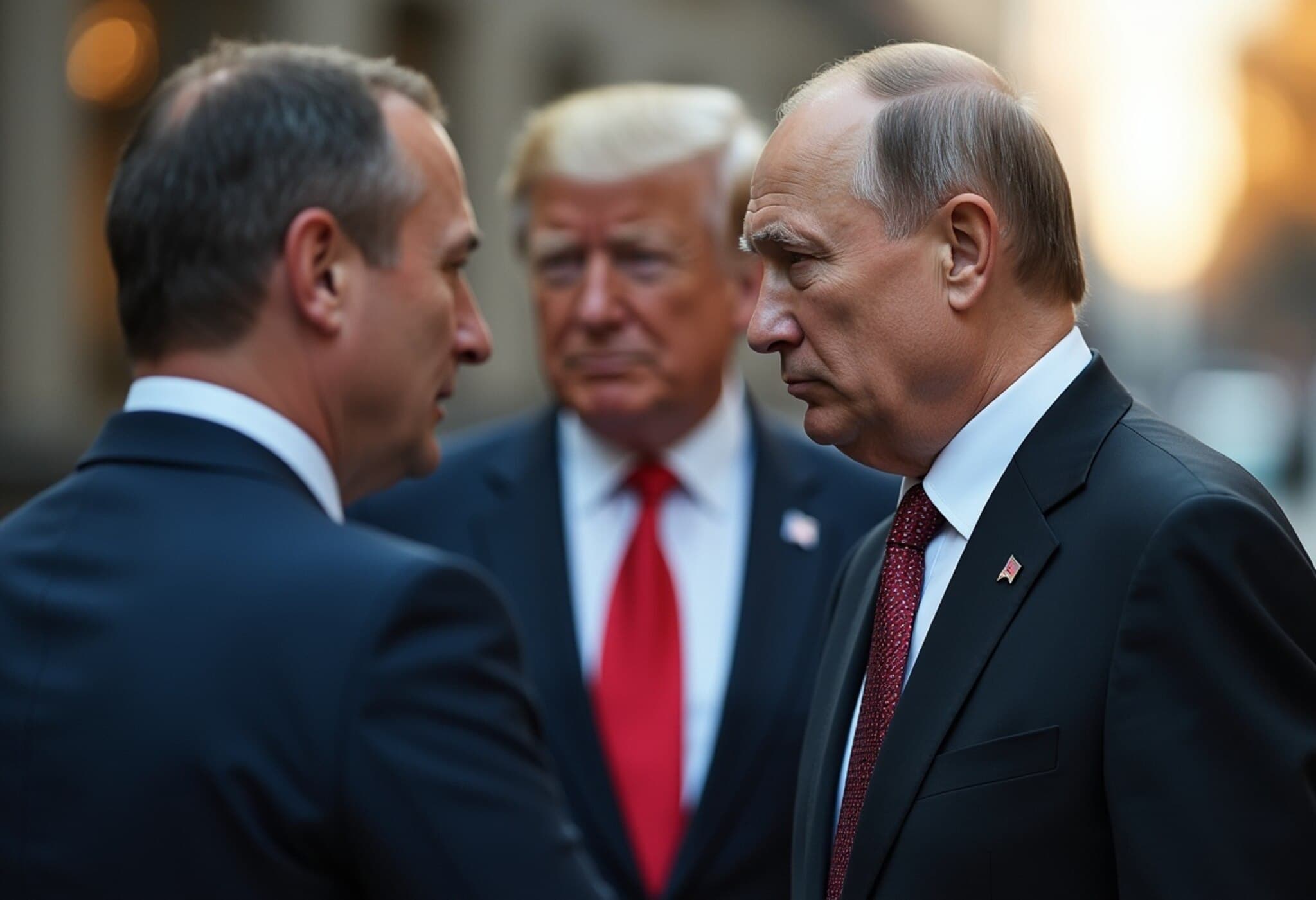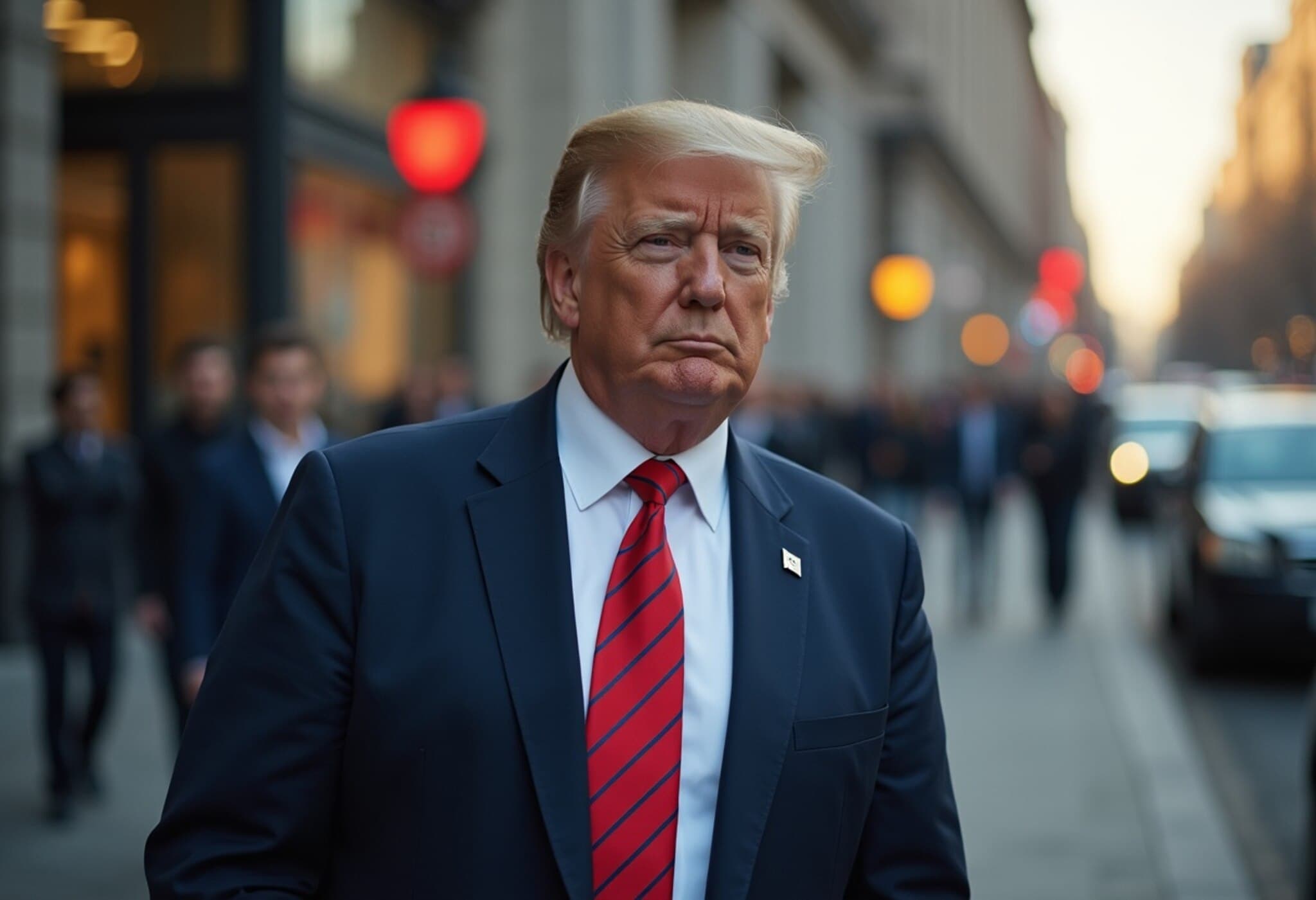Nepal Voices Strong Opposition Before PM Oli’s India Visit
The simmering border dispute involving Nepal, India, and China has once again taken center stage as Nepal protests a recent India-China agreement to reopen trade routes that traverse contested territories. This diplomatic friction has intensified just ahead of Nepal Prime Minister K P Sharma Oli's strategic visit to New Delhi scheduled for mid-September 2025.
The Roots of a Diplomatic Quarrel
The current diplomatic tension was ignited when Chinese Foreign Minister Wang Yi and India's National Security Advisor Ajit Doval signed a pact to reopen the Lipulekh pass, a critical trade route connecting India and China. Nepal has vocally condemned this agreement, asserting that the deal was finalized without its consultation or consent.
At the heart of the dispute lie three regions — Kalapani, Lipulekh, and Limpiyadhura — which Nepal asserts as integral parts of its sovereign territory east of the Mahakali River. The Nepalese government contends that any trade activity through these areas without its approval violates its sovereignty.
Unified Political Outcry in Nepal
The controversy has transcended partisan politics within Nepal. Lawmakers from various parties have condemned the deal:
- Kamal Thapa, ex-Foreign Minister and leader of Rastriya Prajatantra Party-Nepal, urged the Prime Minister to prioritize this issue in his diplomatic talks in both Beijing and New Delhi.
- Mahesh Bartaula, Chief Whip of the ruling Communist Party of Nepal - UML, described the agreement as “a dilution of Nepal’s sovereignty.”
- Bishwa Prakash Sharma of Nepali Congress emphasized the unanimous political resolve in Nepal to protect its territorial integrity.
Following the SCO summit in China, PM Oli is expected to raise these border concerns directly during his India visit starting September 16.
India’s Firm Rejection of Nepal’s Claims
India has unequivocally dismissed Nepal’s territorial claims, reiterating its position that the trade agreement with China involves no violation of Nepalese sovereignty. This stance harkens back to incidents in 2020 when Nepal released a new political map incorporating these contested areas, resulting in a heated diplomatic row.
Randhir Jaiswal, spokesperson for India’s External Affairs Ministry, stated, “The border trade between India and China through the Lipulekh pass has been operational since 1954, running uninterrupted for decades.” He clarified that India views the Lipulekh route as a traditional trade corridor, independent of Nepal’s territorial assertions.
Contextualizing the Dispute: Historical and Strategic Perspectives
This border row is emblematic of the complex geopolitical dynamics in South Asia, where historic border delineations often remain contentious due to colonial legacies and regional strategic interests.
The Lipulekh pass holds immense strategic value, not only facilitating commerce between India and China but also acting as a transit point in the larger Himalayan geopolitical chessboard. Nepal’s insistence on sovereignty is rooted in national identity and territorial integrity concerns, given its unique position as a landlocked nation squeezed between two global powers.
Experts suggest that the Nepal-India-China triangle requires delicate diplomacy, balancing economic pragmatism with national pride. The upcoming visit by PM Oli could serve as a pivotal moment to either de-escalate tensions or further solidify Nepal’s stance in international forums.
What Lies Ahead?
- The diplomatic engagements during PM Oli’s dual visits to China and India will be closely watched by regional analysts.
- Potential for renewed dialogue on border demarcation or trade arrangements that respect Nepal’s sovereignty claims.
- Challenges persist in reconciling historical grievances with contemporary geo-economic imperatives.
Editor’s Note
The unfolding Nepal-India-China border dispute underscores how historical boundary ambiguities continue to challenge modern-day diplomacy in South Asia. While trade agreements such as the reopening of the Lipulekh pass signal economic cooperation, the nexis of national pride and territorial sovereignty fuels persistent discord.
As Nepal asserts its sovereignty with uncommon political unity, stakeholders in New Delhi and Beijing must approach negotiations with greater sensitivity. This case highlights broader questions about how smaller nations navigate competing interests of regional giants—a subject demanding further scrutiny in international relations and policy circles.
For readers and policymakers alike, this evolving situation encapsulates the need for transparent dialogue, mutual respect for sovereignty, and a nuanced balance between economic connectivity and national identity. The path forward is fraught but not insurmountable if anchored in genuine diplomatic engagement.






